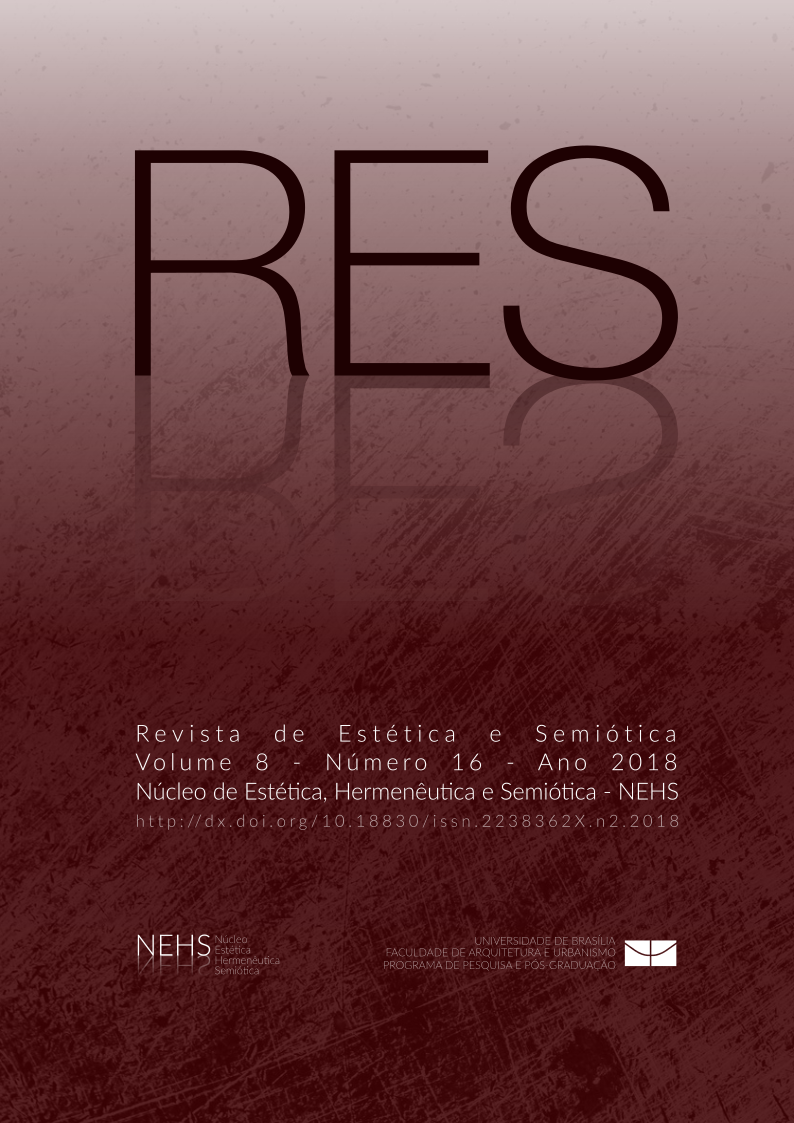A ARTE DE OBSERVAR SEM SER OBSERVADO
DOI:
https://doi.org/10.18830/http://dx.doi.org/10.18830/issn.2238362X.n2.2018.4Keywords:
Automation. Suppression of language. Strangeness. Dystopias.Abstract
The tensions and contradictions between reality and fiction are explored by Orwell (1984) and Weir (The Truman Show) to reveal progressively the true nature of his works: in 1984, a fictitious dystopia that stylized automation and manipulation by art -propaganda in real life; in Truman, an allegory of contemporary life, the very society of the spectacle, forged in the memory-making studios. Unlike fiction, unfortunately, power structures in the real world are little revealed, since their condition of permanence is concealment. Art as a utilitarian resource of the state plays a fundamental role in the automation of language: this is its end. The totalitarian regimes have gained public because they have managed to manipulate the archetypes through the media, because dictatorship is only maintained by the adequacy between ideology and reality. The control resources of media production and reproduction systems are art-propaganda mechanisms that censor artistic language toward the automation of the worldview. Poetics, in a context of resource optimization, is unnecessary; the artistic production, in turn, is reduced to terms allowed and not allowed. Sophisticating the methods, the judgment of taste is instituted on what is considered as major art and minor art, or as good and bad. In this sense, the essay suggests a dialogue between the fictional dystopias, read as allegories of the contemporary life, and the automation of the worldview.




